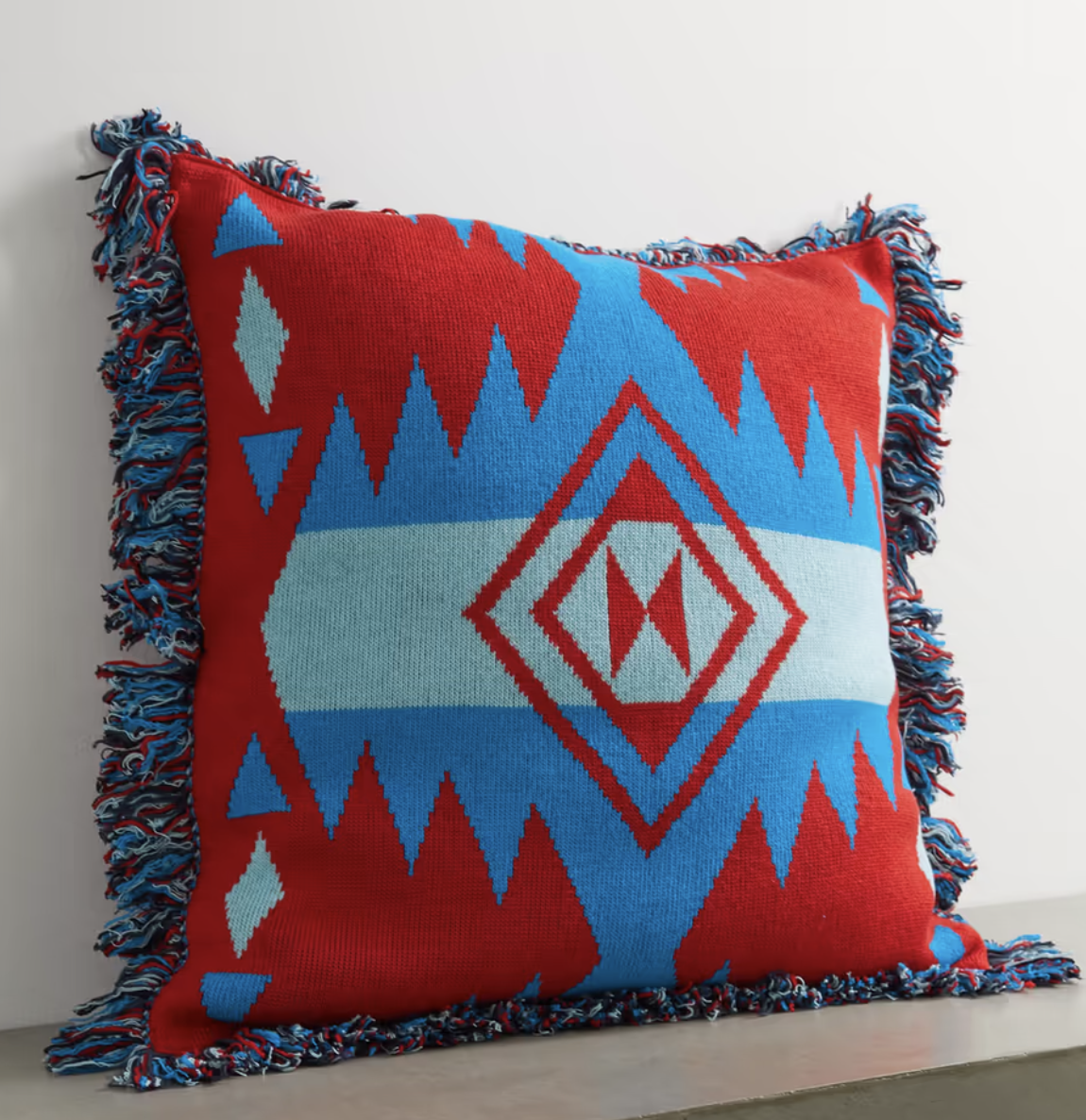3 steps designers take to achieve ‘quiet luxury’ - the vibe that makes a home feel more expensive
Follow these three simple design secrets to fill your home with 'quiet luxury' and make your space feel classy and expensive without being ostentatious


'Quiet luxury' is the latest fashion trend to sidle its way into our homes. Characterized by carefully curated yet understated aesthetics with traditional features and just a hint of grandeur, it's all about using refined decor that emanates a subtle sense of wealth, yet in the classiest way possible. That's because the most elegantly chic interiors are often the least showy of all.
If you've kept up with the latest season of Succession, you'll know exactly what we mean. The preppy, old-money, aristocratic style is about stealthy, effortless displays of wealth that bypass any ostentatiousness. It's a technique that designers rely on, whether knowingly or not, but getting it right isn't easy unless you're an expert. The tricks of this trade can be pretty elusive.
Contrary to what you might assume, achieving a quiet sense of luxury starts with simplicity. Overcomplicating the idea is likely to be your downfall. 'Simplicity results from a careful process of editing and layering that intensifies rather than subtracts to create spaces that are subtlety “quietly luxurious”,' explains Lilian Weinreich, founder of Weinreich Architects. 'Our most important values - functionality, honesty of materials, and authenticity - play a critical role in creating the uniqueness of these sorts of spaces.'
As far as interior design trends go, the idea of quiet luxury is more of a long-standing lifestyle. That doesn't mean you can't get a luxe look in your own home without inheriting your father's media conglomerate, however. Here, we ask some top designers for their design secrets on how to make a space feel more expensive without outwardly flaunting it.
1. Get the lighting right

Nearly every stylish space starts with good lighting. And as we know from current lighting trends that doesn't necessarily mean generous, lofty windows that flood a room with natural light. It could be as simple as thoughtful ambient lighting, elegant table lamps, and striking shades.
'We treat lighting as a material substance with tangible qualities that serves to activate spaces and elements throughout our projects,' explains Lilian Weinreich of Weinreich Architects. 'More unusual spatial illumination features such as knife-edge light coves in floating planes, perimeter ambient lines of light, reverse-lit coves, and glass shelves with backlit strips are just a few ways to achieve this.'
For a harmonic space, it's these thoughtful details that can make a room. They don't have to cost the Earth either. The backlit lighting trend is a simple way to elevate a space and requires nothing but the addition of some budget scones. To help bounce more light around a room and add a traditional hint of luxe at the same time, try incorporating metallic surfaces too, such as brushed brass hardware or reflective gold details.
The Livingetc newsletters are your inside source for what’s shaping interiors now - and what’s next. Discover trend forecasts, smart style ideas, and curated shopping inspiration that brings design to life. Subscribe today and stay ahead of the curve.
2. Spend where it counts
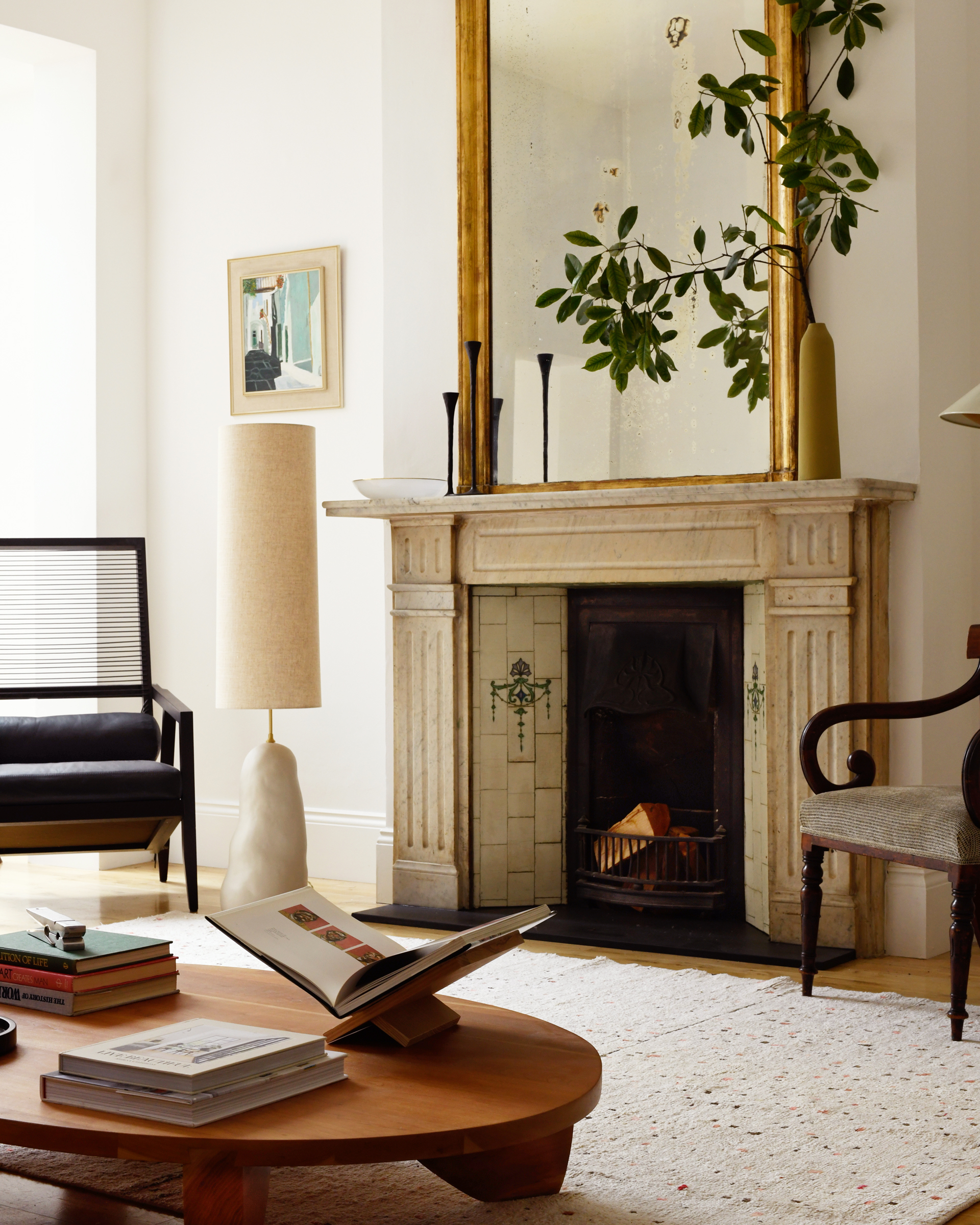
While you don't need to break the bank to make your living room look more expensive, it's worth spending extra money on investment pieces that promise to give back. This is especially true for furniture. Although we love a fresh trend as much as the next person, buying into too many fleeting fads can make your home soon look dated with big pieces of furniture that aren't easily interchanged.
If you want a classically timeless look that will endure for years to come, it's worth spending money in places where it counts. 'We often advise against cutting corners when it comes to purchasing specific items that are tactile in nature,' explains interior designer Tanya Selway of Stelly Selway studio. 'In a bathroom, for example, faucets and fixtures are a good place to spend money as these are furnishings that will be touched and handled and experienced by everyone who uses the space.'
Kitchen countertops, couches, and soft furnishings like throw pillows are also areas where you usually get what you pay for. While the latter of these is easier to switch up seasonally, look out for high-quality, natural materials like plush leather and high thread-count cotton for a subtle sense of luxury that guests are sure to notice.
3. Embrace mixed materials
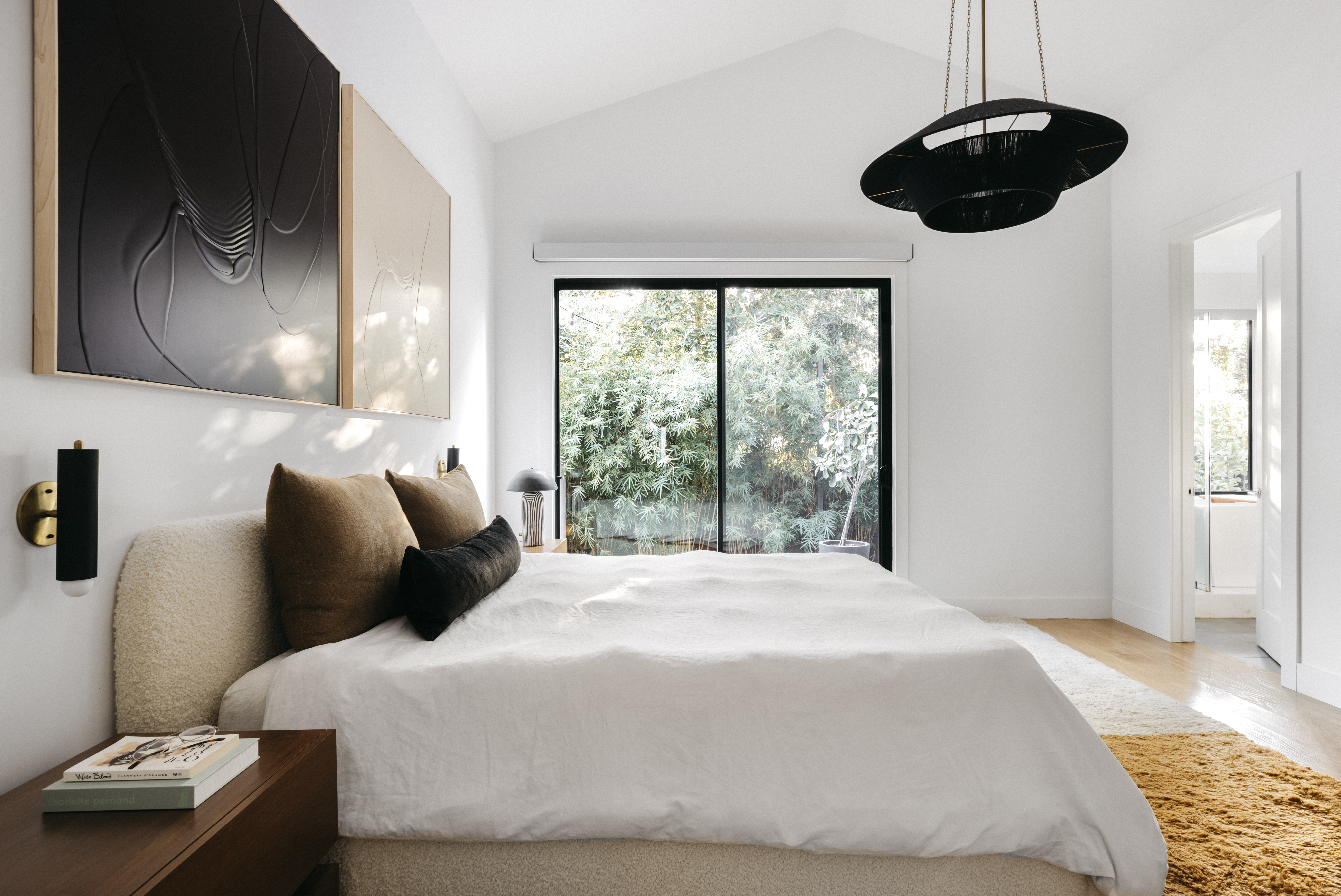
The art of mixing materials has been one of the best-kept secrets of interior designers for decades. The perfect pairing can really help create a sense of roundedness through contrasting combinations, each of which contributes something different, helping to layer a space.
Whether it's the warm tones of wood flooring next to the glossy shine of a polished marble fire surround or a steely kitchen countertop amongst matt black accents, juxtaposing contrasting materials is often the key to a cohesive space. If you're looking to make a bedroom look more expensive, for example, a boucle headboard set against some matt black lighting fixtures is a good place to start, as shown in the image above.
When it comes to soft furnishings, you don't have to rely on sumptuous textiles either, but Benjamin Stelly of Stelly Selway studio says there is always room for those. 'There's always the possibility to integrate 'luxury' fabrics and textiles like silks, satins, and velvets in ways that make them feel more approachable, less precious and less traditional,' he says. 'There's a mature confidence to the mix of high and low materials in a space that feels sophisticated and elegant.'
Most importantly, you should only incorporate materials that speak to you and your tastes, otherwise your quietly luxurious space will always fall short. 'We find making considered, conscious selections based on personal consideration the most luxurious experience of all,' Benjamin adds. 'This has the potential to result in the most minimalist of spaces or, conversely, to build a space ornamented in textures, materials, and objects that reflect your personality.'
Effortlessly elegant and sophisticated interiors always start with you're personal tastes. Sprinkle a few of these insider design tips in the mix and you'll have a space that screams (or rather, whispers) quiet luxury, all without having to make any huge - or expensive - changes at all.
Our favorite buys to get 'quietly luxury' for less

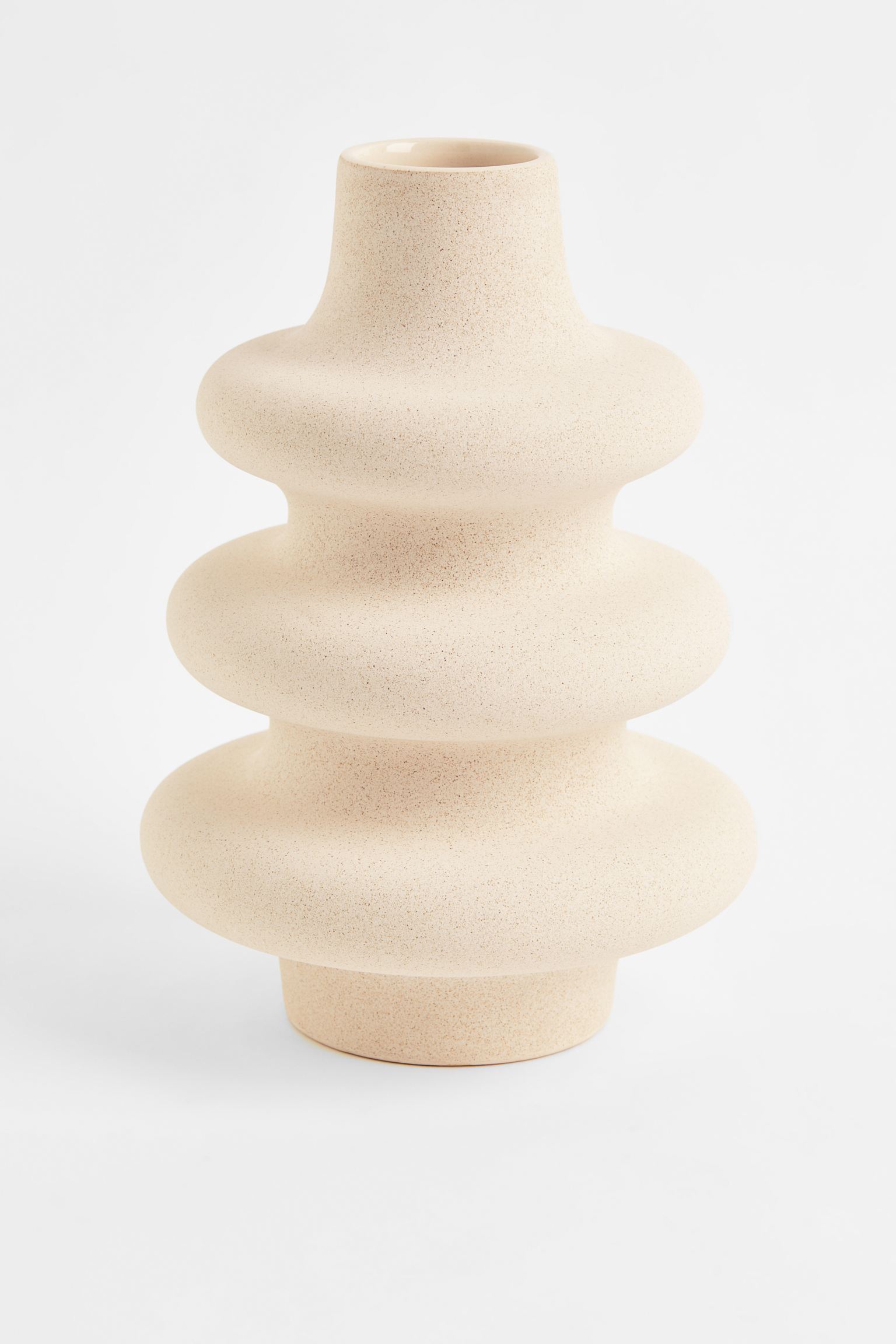
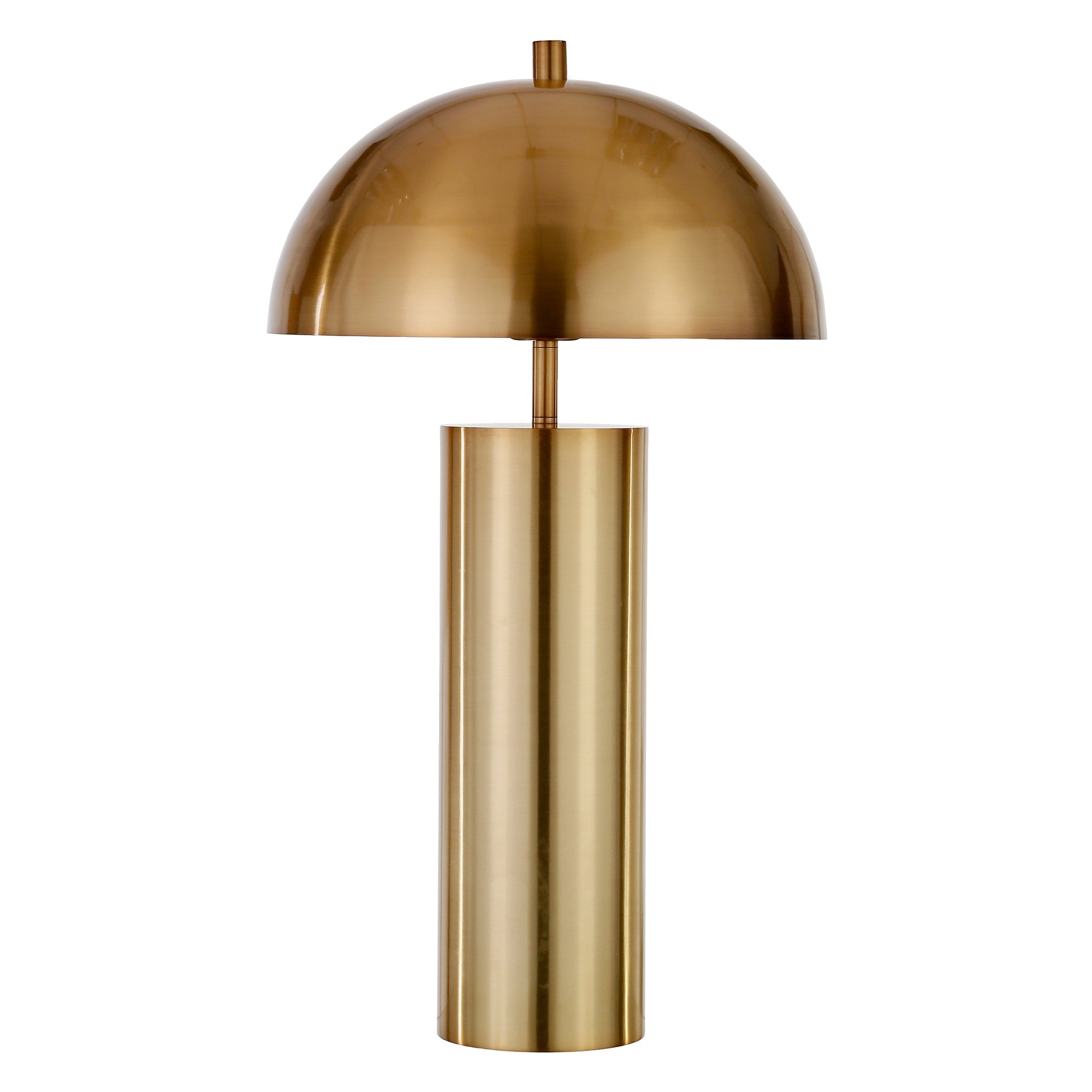

Lilith Hudson is a freelance writer and regular contributor to Livingetc. She holds an MA in Magazine Journalism from City, University of London, and has written for various titles including Homes & Gardens, House Beautiful, Advnture, the Saturday Times Magazine, Evening Standard, DJ Mag, Metro, and The Simple Things Magazine.
Prior to going freelance, Lilith was the News and Trends Editor at Livingetc. It was a role that helped her develop a keen eye for spotting all the latest micro-trends, interior hacks, and viral decor must-haves you need in your home. With a constant ear to the ground on the design scene, she's ahead of the curve when it comes to the latest color that's sweeping interiors or the hot new style to decorate our homes.
